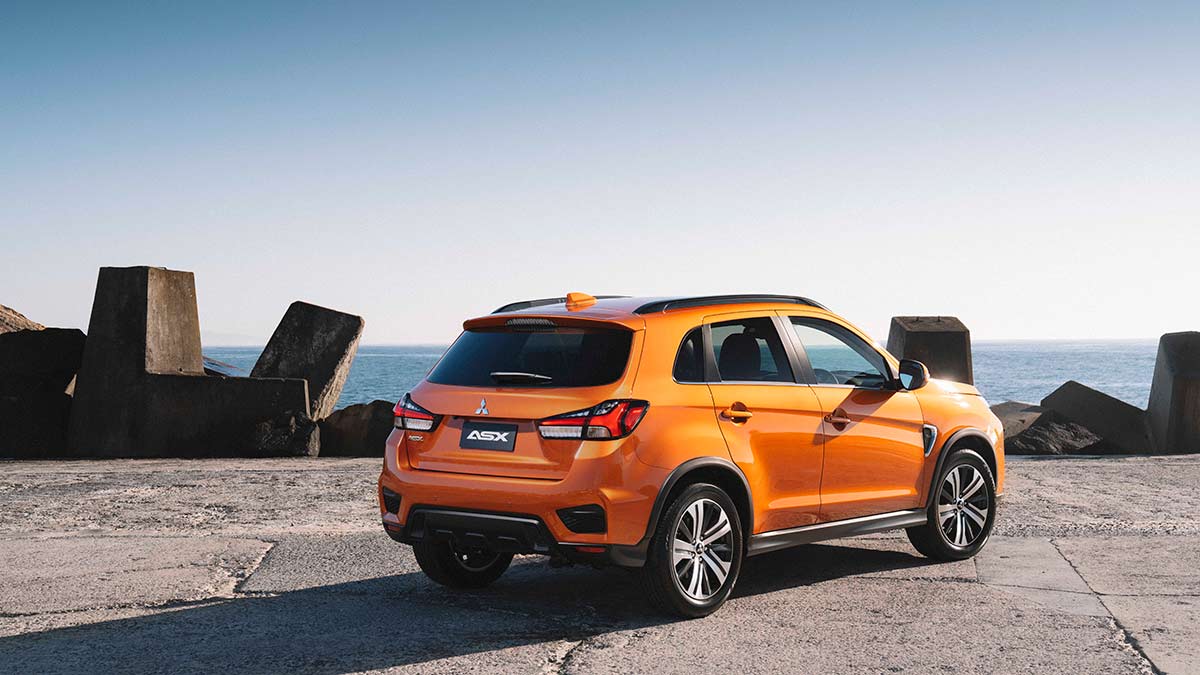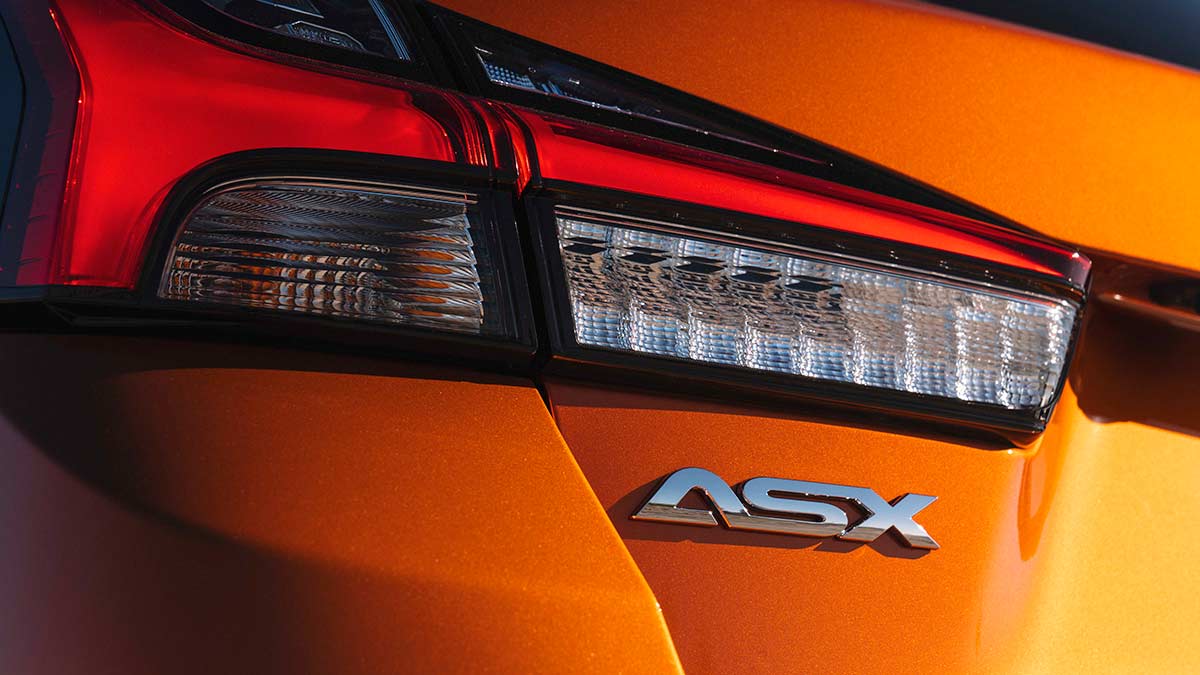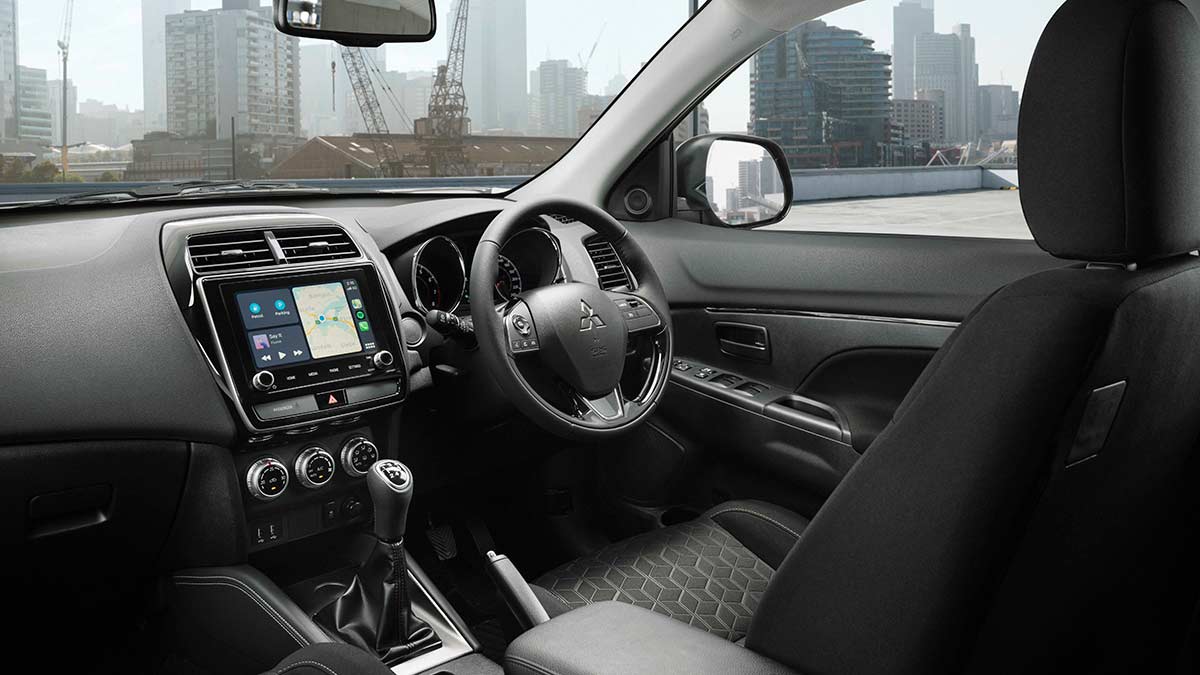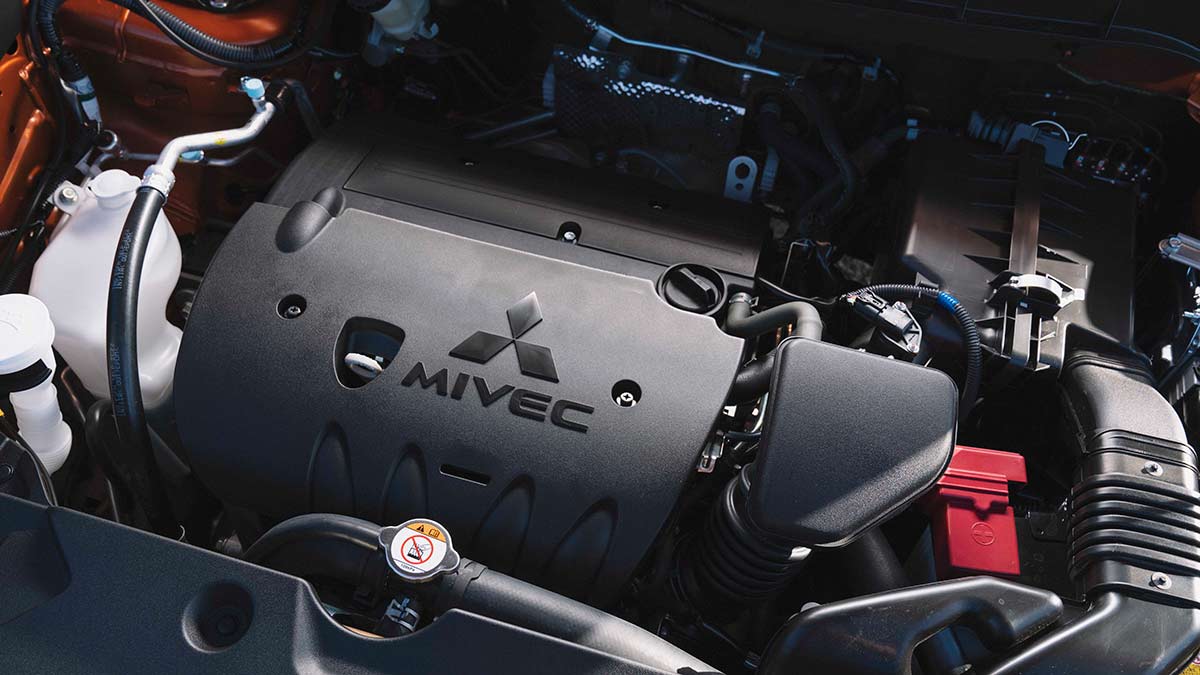The Foton Tunland joins Australia's dual-cab ute market as an affordable mild-hybrid diesel under $50,000, offering strong capability against tough competition.
First drive: 2019 Mitsubishi ASX launch review

Tim Nicholson gets behind the wheel of the updated 2019 Mitsubishi ASX.
Small SUVs are big business in Australia and the top-selling model in the segment is also one of the oldest. The Mitsubishi ASX went on sale in mid-2010 and since then it has received a number of facelifts and model year updates. In the final couple of years of its lifecycle, Mitsubishi has ushered in its most comprehensive update yet, with the ASX gaining fresh exterior styling, a new powertrain option, an infotainment upgrade and a boost to standard safety equipment.
In this article
What do you get for the price?
As well as the existing ES, LS and Exceed, Mitsubishi has introduced two new sports-themed model grades – the MR (an old badge Mitsubishi used on earlier Lancers), and the GSR. The 2.0-litre petrol engine carries over for the ES, LS and new MR, but the GSR and Exceed use a new-to-the-range 2.4-litre petrol engine.
The MR and GSR add black styling flourishes such as black alloy wheels, door mirrors and grille as well as sporty-looking touches inside like red stitching on the steering wheel.
The ASX is now being offered with permanent driveaway pricing starting from $24,990 for the ES manual and climbing to $35,740 for the Exceed. It’s offered with fixed-price servicing for the first three years and the intervals are every 15,000 kilometres. (More: Australia's best cars for 2019 revealed)
Design-wise the ASX gains Mitsubishi’s ‘Dynamic Shield’ front-end styling found on almost all of its models. Standard from the base ES is 18-inch alloy wheels, LED head and tail-lights, a rear spoiler, new 8.0-inch touchscreen with Apple CarPlay/Android Auto compatibility, digital radio, auto-dimming rear-view mirror and leather-wrapped steering wheel. Each higher-grade model gains more standard gear than the ES.
How safe is it?
The ASX still has a five-star ANCAP rating that it received in 2010. It now comes with autonomous emergency braking standard across the range. It was previously only available in a safety options pack in lower-grade variants. The ASX also has seven airbags, cruise control and a reversing camera. A $2500 ADAS pack on the ES adds a blind-spot monitor, rear parking sensors, lane-departure warning, lane-changing aid, rear cross-traffic alert and more. These features are standard from LS up.
What’s it like inside?
The big change inside is the new 8.0-inch touchscreen at the top of the centre stack. It goes some way to modernising the cabin, which looks dated compared to newer rivals such as the Mazda CX-3 and Kia Seltos. We sampled the ASX Exceed and it has leather seats which offer adequate support up front. Cabin space is not bad and there’s a decent amount of leg room in the second row, although head room for taller folk is impacted by the sunroof. Cargo space of 393 litres (1143 litres with the second-row seats folded) is decent and the boot has useable space. There is no digital speedo, which is an unfortunate omission for a top-spec variant.
What’s under the bonnet?
The ES, LS and MR use the long-serving 2.0-litre four-cylinder naturally aspirated petrol engine paired with a five-speed manual (ES only) or a continuously variable transmission (CVT). It delivers 110kW and 197Nm. GSR and Exceed are powered by a 2.4-litre naturally aspirated four-cylinder petrol unit, borrowed from the discontinued Lancer small car, matched with the CVT. Its power and torque figures are 123kW and 222Nm. Mitsubishi deleted the diesel ASX last year and all variants are front-wheel drive.
How does it drive?
The 2.4-litre engine has more grunt than the 2.0-litre unit but it doesn’t feel as powerful as 2.0-litre engines in the aforementioned CX-3 and Seltos. Dynamically it’s off the pace of those rivals, tipping into corners with a body roll, while the suspension setup and tyre package makes for a harsh ride. It slipped a bit during a brief drive on an unsealed road. Quite a bit of noise penetrates the cabin and there is noticeable vibration through the steering wheel on rough surfaces. It is, however, a well-built small SUV.
Should I buy one?
The ASX trails its newer rivals for refinement, drivability, in-cabin comfort and up-to-date features, but it is one of the best-value picks in the segment and the latest additions, including the capped-price servicing, only enhance its reputation. For that reason, it is likely to retain its crown as the best-selling small SUV in Australia.






